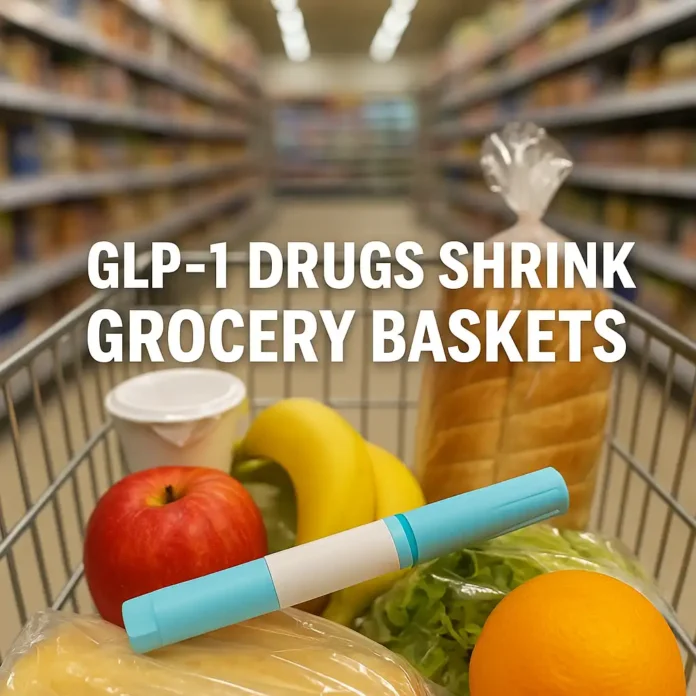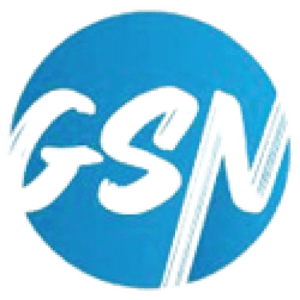GLP‑1 grocery spend is falling by 5.5 to 6 percent, according to a Cornell/Numerator study, amounting to an average $416 drop per household annually. Americans using GLP‑1 drugs like Ozempic, Wegovy, and Zepbound are spending less—substantially less—at the supermarket.
The quietest $6.5 billion shift in grocery retail is happening one skipped snack at a time.
More worrying for the industry: higher-income households—typically the most brand-loyal and margin-rich—showed an even steeper cut of 8.6 percent.
The signal is clear: weight-loss prescriptions are now driving a measurable shift in grocery demand. Retailers that don’t adapt will get blindsided.
Appetite Shift Now Impacting Forecasts
GLP‑1 medications, originally prescribed for diabetes, have become a behavioral shock to food retail. By 2030, Morgan Stanley projects 24 million U.S. adults could be on GLP‑1s—roughly 7 percent of the population.
In practice, this means lighter baskets, shorter dwell time, and reduced impulse buying. According to Big Chalk Analytics, GLP‑1s could cut total grocery volume by 1.2 to 2.9 percent across relevant categories.
Savory snacks, frozen pizza, and baked goods are already posting negative dollar lift among active GLP‑1 users. At the same time, spending on deli and fresh produce has remained stable—or even increased slightly—indicating a shift in food selection rather than overall disengagement.
Retailers Scramble to React to Falling GLP-1 Grocery Spend
So far, only a few retailers have adjusted messaging or layout strategy. But the broader industry response is gathering pace. Private label teams are now exploring snack lines aligned with GLP-1 grocery spend patterns—smaller portions, functional ingredients, higher fiber.
“The billion-dollar question is: How do I make someone who is not hungry eat again?” said Bruno Didier, head of B2B at meal delivery platform CookUnity.
For grocers, the question isn’t just about shrinkage—it’s about relevance. Private label teams are now quietly exploring GLP‑1–friendly snack lines with reduced portions, high fiber, and functional proteins.
Meanwhile, Conagra and Nestlé have already adapted packaging to signal satiety and metabolism benefits. Daily Harvest launched meal kits tagged explicitly for GLP‑1 users.
These aren’t fads. They’re tactical plays based on actual sales drag. According to Newsweek, GLP‑1 users could account for a $6.5 billion annual revenue loss across the top 50 grocery retailers.
Why This Matters for Buyers and Brands
For category buyers, the GLP‑1 effect isn’t evenly distributed. Premium chocolate, multi-pack snacks, and refrigerated desserts have seen the largest unit drops. Entry-tier private label items remain insulated—for now.
In parallel, CPG brands that cater to mood enhancement, satiety, and nutrient efficiency could win back some of the lost real estate.
But the broader trend is structural: lower volume per basket, with higher expectation per item.
Retailers already facing post-COVID contraction, labor inflation, and price fatigue can’t afford to ignore this shift. With Q4 planning underway, the smart move now is to run GLP‑1 simulations through loyalty data and reassess planogram performance.
GSN will track how GLP-1 grocery spend reshapes CPG and private label strategies in Q4- how GLP‑1 adoption reshapes food demand across center-store, snack, and fresh categories—especially where retailers must respond faster than legacy trends suggest.



